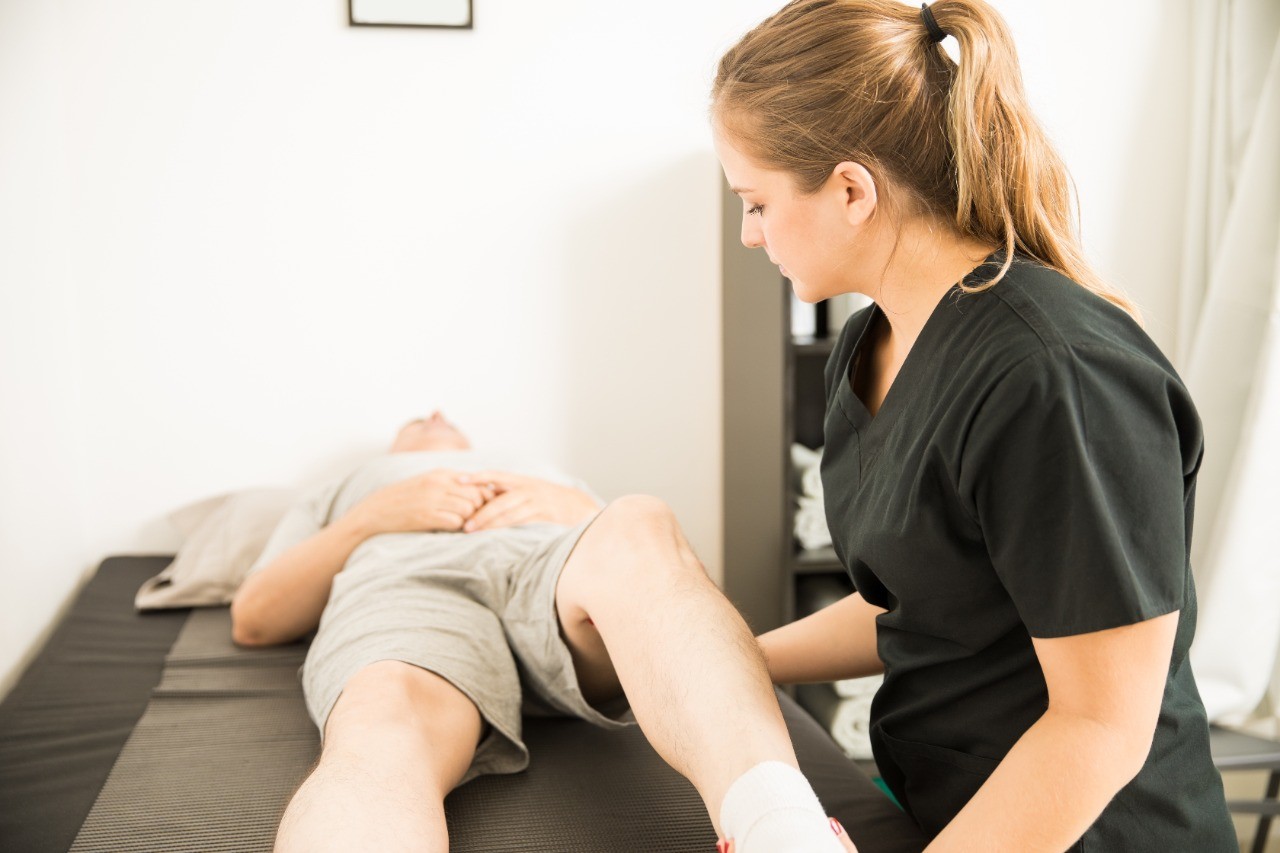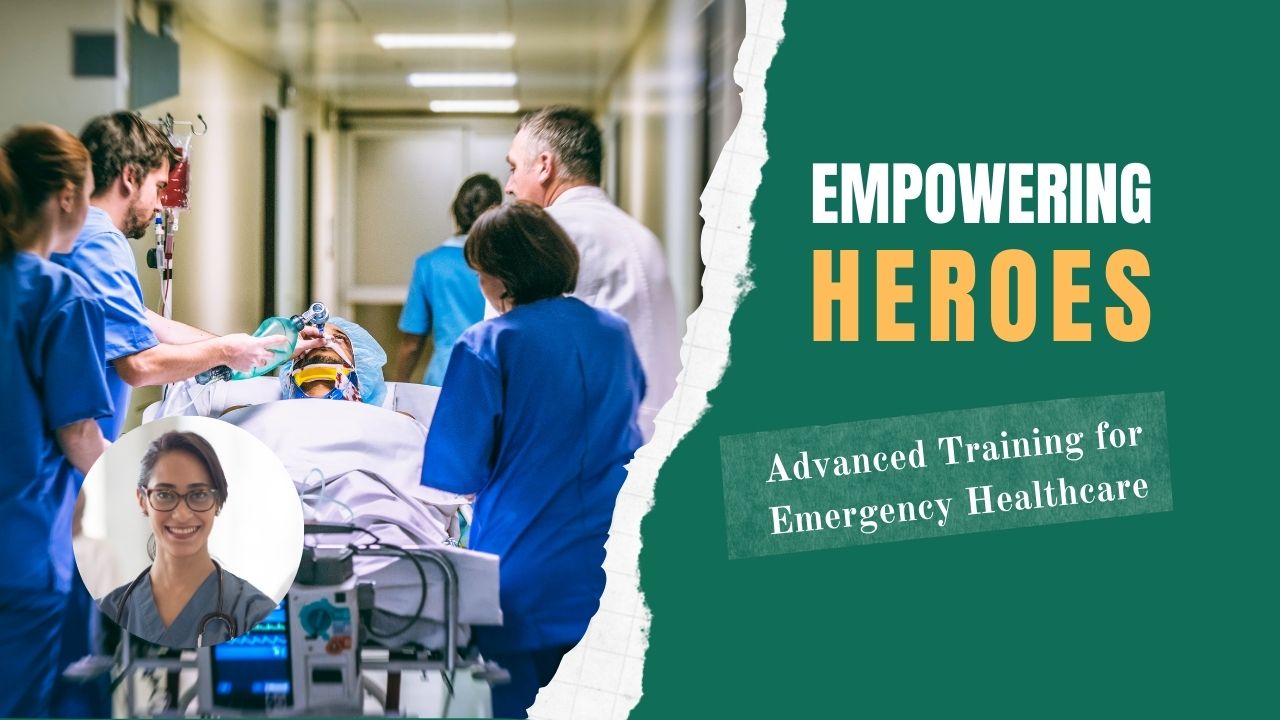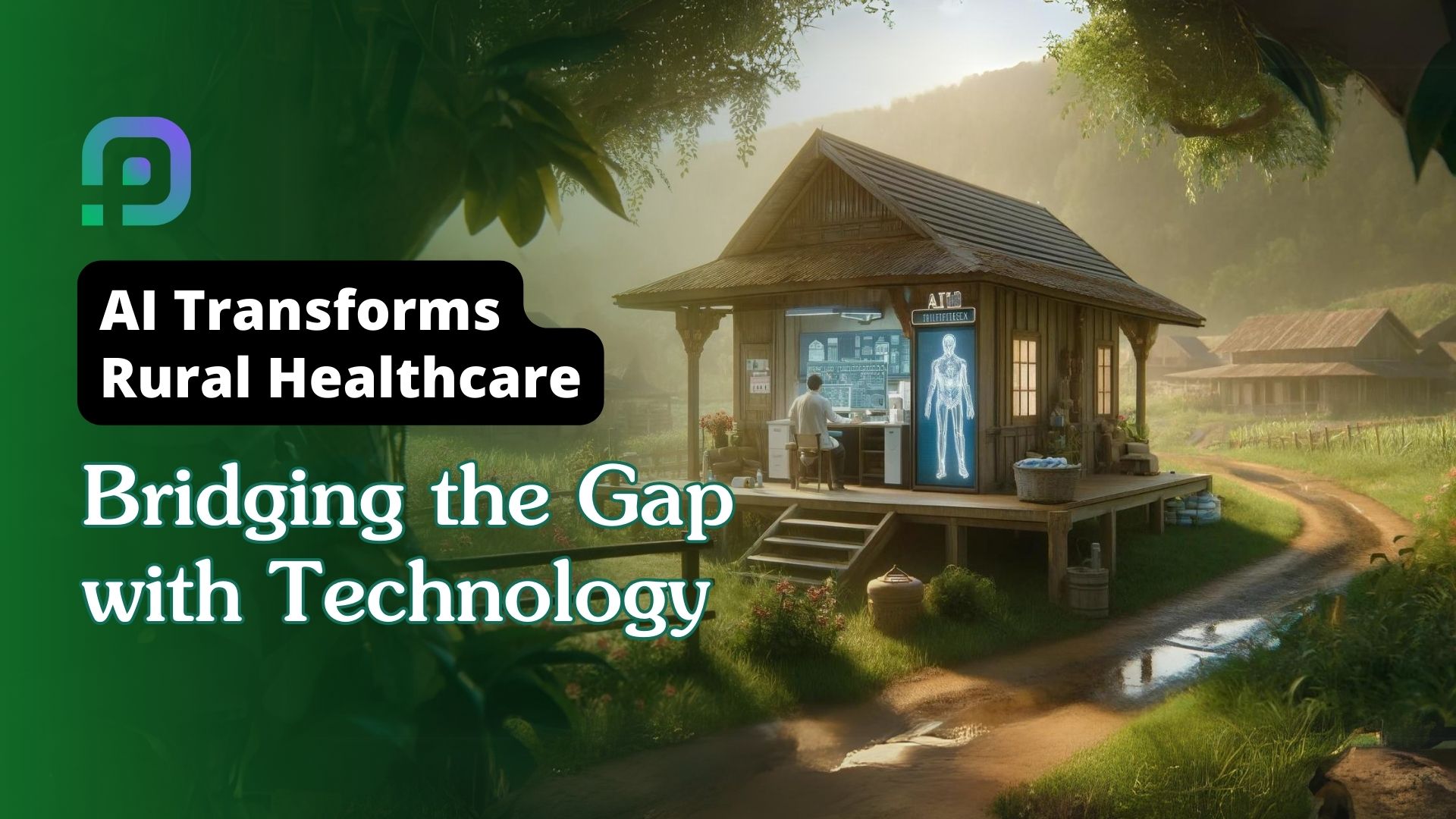Published - Wed, 17 Aug 2022

How to Diagnose Orthopedic Emergencies
A comprehensive physical examination and careful consideration of the patient's medical history can identify many orthopedic emergencies. The emergency doctor takes the patient's medical history and completes a physical examination to determine the potential type and severity of the injury before selecting the best radiography image to confirm the probable diagnosis.
PATIENT HISTORY
1. Patient age: The patient’s age may give some indication of the type of injury, (e.g., Salter-Harris fractures only occur in young patients, whereas hip fractures are more common in the elderly).
2. Chief complaint: Patients with orthopedic emergencies typically present with one or more of the following complaints: pain, swelling, redness, deformity, or diminished function.
3. Mechanism of injury
a) To forecast the type of injury, it is crucial to understand the mechanism of injury (i.e., how the injury happened). For instance, it could be challenging for a doctor to make a diagnosis in a young child with normal radiographs who won't use his or her right arm if they don't understand the mechanism of the damage. However, the likely diagnosis (radial head subluxation) becomes immediately clear if the doctor is aware that the infant has just been pulled by that arm.
b) Selecting the appropriate radiographic images is aided by understanding the cause of damage, particularly when the patient is uncooperative, experiencing transferred pain, or has a distracting injury. For instance, a patient with acute shoulder pain following an injury might get a routine, ordinary shoulder radiograph. However, a second examination of the shoulder can be acquired to confirm this diagnosis if the cause of injury points to posterior dislocation.
4. Preexisting illnesses or conditions: The physician should inquire about illnesses and conditions that may negatively impact the healing process (e.g., diabetes, heart disease, steroid therapy, and cancer chemotherapy).
PHYSICAL EXAMINATION
1. Inspection: The suspected area of injury should be inspected for swelling, discoloration, deformity, abrasions, puncture wounds, and lacerations.
a) Orthopedic injuries (including fractures) may have few or no obvious visible abnormalities, especially in children.
b) Muscle contusions and severe sprains may result in localized swelling that is similar to the swelling seen with fractures. Radiographs are frequently needed to differentiate sprains and fractures.
2. Palpation of the entire extremity may reveal point tenderness, subtle deformities (e.g., a “step off”), or bony crepitus. The area distal and proximal to the pain location should be systematically palpated. Complete palpation is important for two reasons:
a) The patient may be unaware of a second injury because of the pain of the primary injury.
b) If radiographs are ordered before complete palpation, radiographs of the correct bone may not be obtained.
3. Range of motion assessment: Each joint near and far from the injury should, wherever practical, be examined for passive and active range of motion. It is important to record the degree of flexion, extension, and discomfort. To identify small anomalies, the contralateral (unaffected) joint may need to undergo a second assessment of the joint's function.
4. Neurologic examination: Nerve injury can result in either sensory or motor deficits. Sensation distal to the injury should be identified before any manipulation of the extremity takes place. Muscles that are innervated by the major nerves of the extremity should be examined for motor function.
5. Arterial blood flow assessment: Some orthopedic emergencies (e.g., knee dislocation, fracture or dislocation of the ankle, supracondylar fracture of the elbow in children) are commonly associated with vascular (arterial) injuries. The earlier circulatory compromise is identified and addressed, the less likely it is that permanent injury will result.
RADIOGRAPHY
1. Views
a) Standard: The area to be examined radiographically should be based on the history and physical examination findings. Frequently, imaging the joint above and the joint below a suspected fracture is indicated to detect associated fractures or dislocations. Most extremity radiographs include an anteroposterior view, a lateral view, and an oblique view.
b) Special: Some fractures are only visible using special radiographic views. Some common orthopedic emergencies that require special views include acromioclavicular separation, fracture of the carpal navicular, posterior shoulder dislocation, and sternoclavicular dislocation. Children may need comparison views of the unaffected extremity to detect epiphyseal plate injuries.
2. Findings
a) In the case of stress fractures, the initial radiographs may be normal. However, the presence of new bone growth or bone resorption (which causes the fracture line to become visible) on radiographs taken 2 to 3 weeks later may suggest the fracture. If a fracture is highly suspected but the radiograph is normal, treatment for the fracture should be initiated.
b) The normal growth plate appears as a transverse, radiolucent line at the end of the bone. The growth plate can be easily confused with a transverse fracture.
Created by
Rigomo Team
Rigomo is a leading online education platform that offers a wide range of courses to help individuals enhance their skills and achieve their career goals. With our user-friendly interface and expert instructors, we strive to provide high-quality education to everyone, anytime and anywhere. Join us today and take the first step towards a brighter future.
Rigomo is an e-learning platform that was founded in 2019 by a team of dedicated professionals with a passion for revolutionizing the way people learn. The platform offers a range of online courses that cover various industries, including business, technology, healthcare, and more.
Rigomo's courses are designed to be interactive and engaging, with a focus on practical skills that learners can apply in their careers. The platform uses a combination of video lectures, quizzes, and hands-on projects to help learners master the subject matter.
Rigomo is committed to providing affordable and accessible education to people around the world. The platform offers a range of pricing options, including monthly and annual subscriptions, as well as pay-as-you-go options for individual courses.
Since its launch, Rigomo has received numerous accolades for its innovative approach to e-learning. The platform has helped thousands of learners across the globe acquire new skills and advance their careers.
As Rigomo continues to grow, the team remains committed to providing high-quality education that is accessible to all. The platform is constantly updating its courses and features to ensure that learners have access to the latest tools and technologies.
Comments (0)
Search
Popular categories
Health and Wellness
231Skill Development
7Technology
5Community Impact
2Success story
2Creativity
1Latest blogs

DeepSchool: The Story of an Idea That Refused to Sit Still
Tue, 02 Dec 2025

Transforming Emergency Care: The Story Behind Rigomo's Revolutionary PPMMP Course
Sun, 12 May 2024

Empowering Rural Healthcare: How Pogiko's AI is Bridging the Gap in Medical Services
Thu, 25 Apr 2024

Write a public review